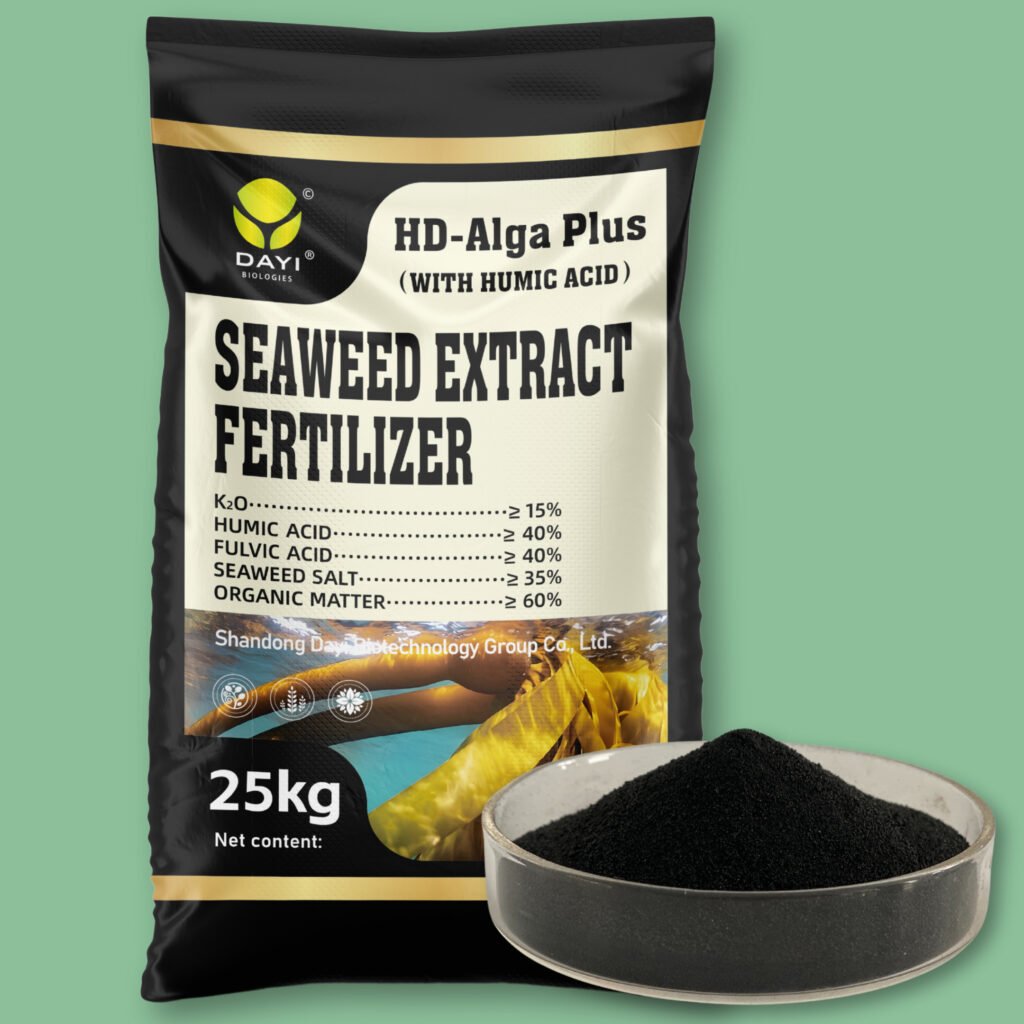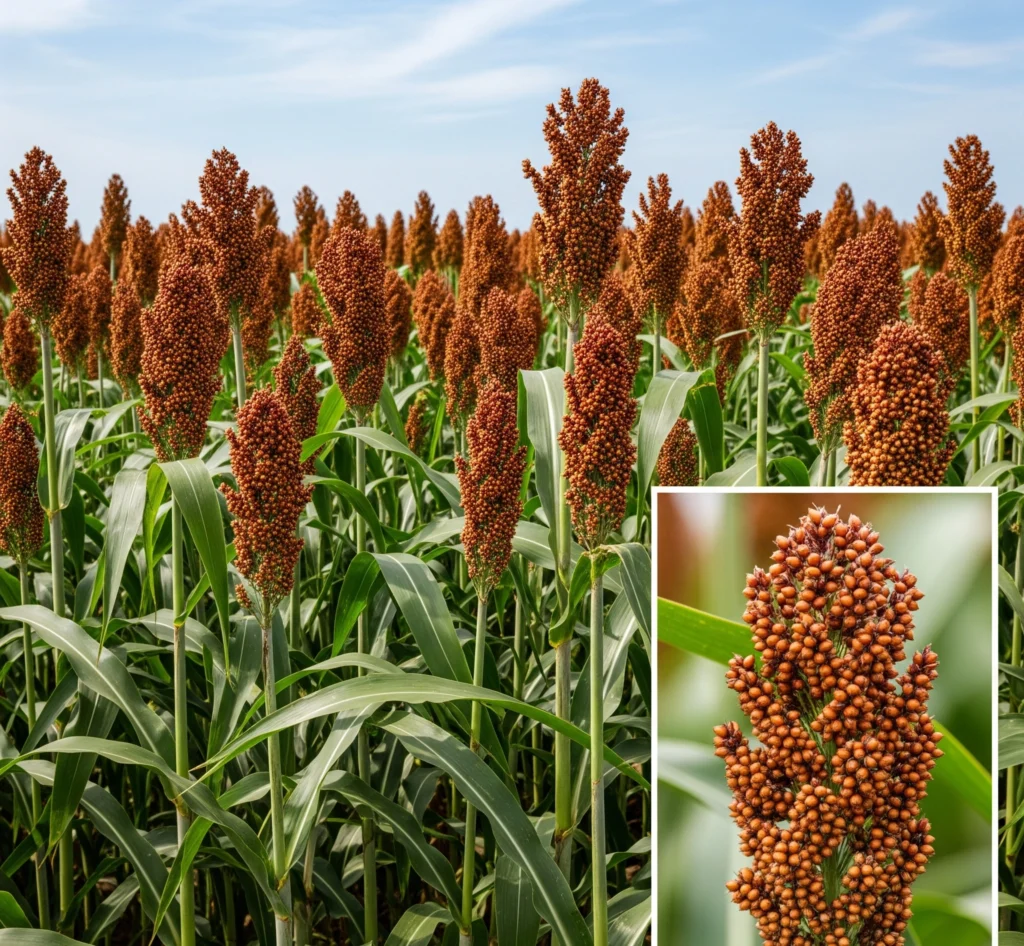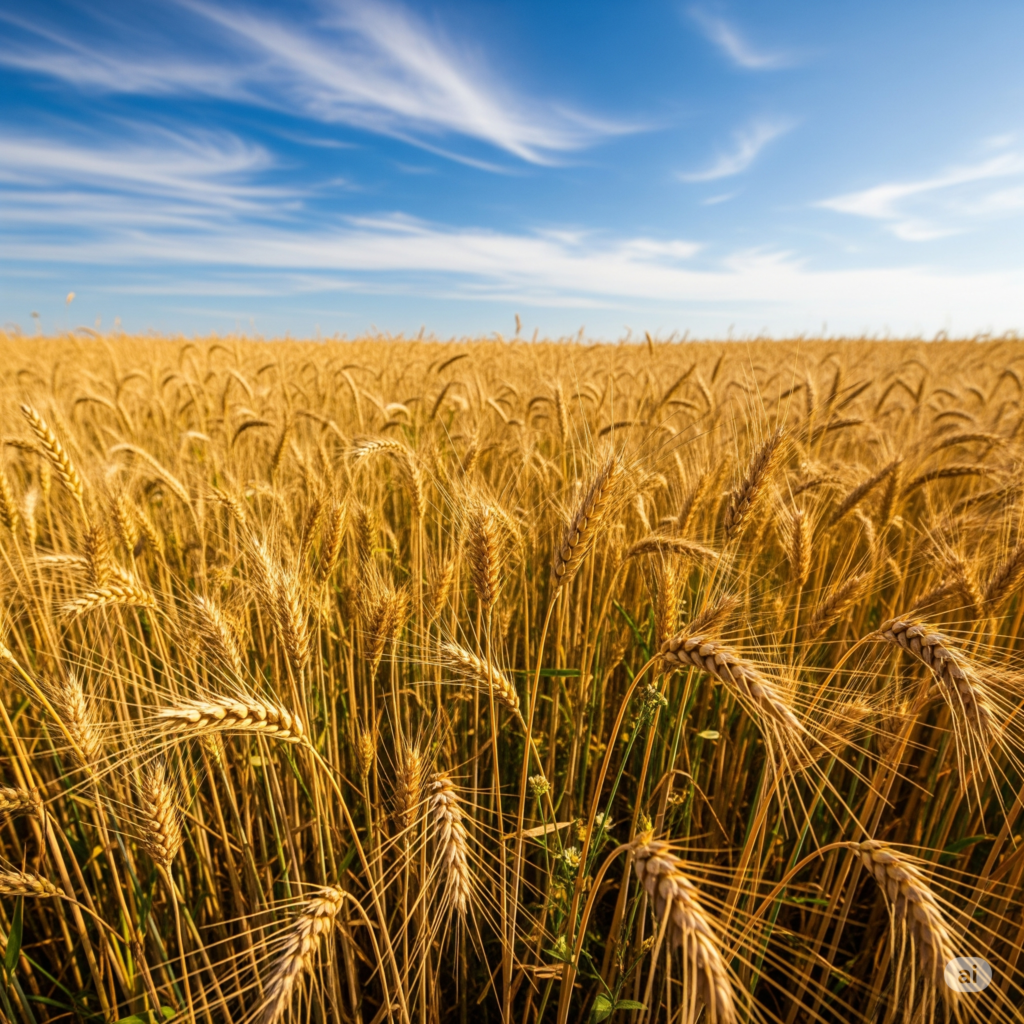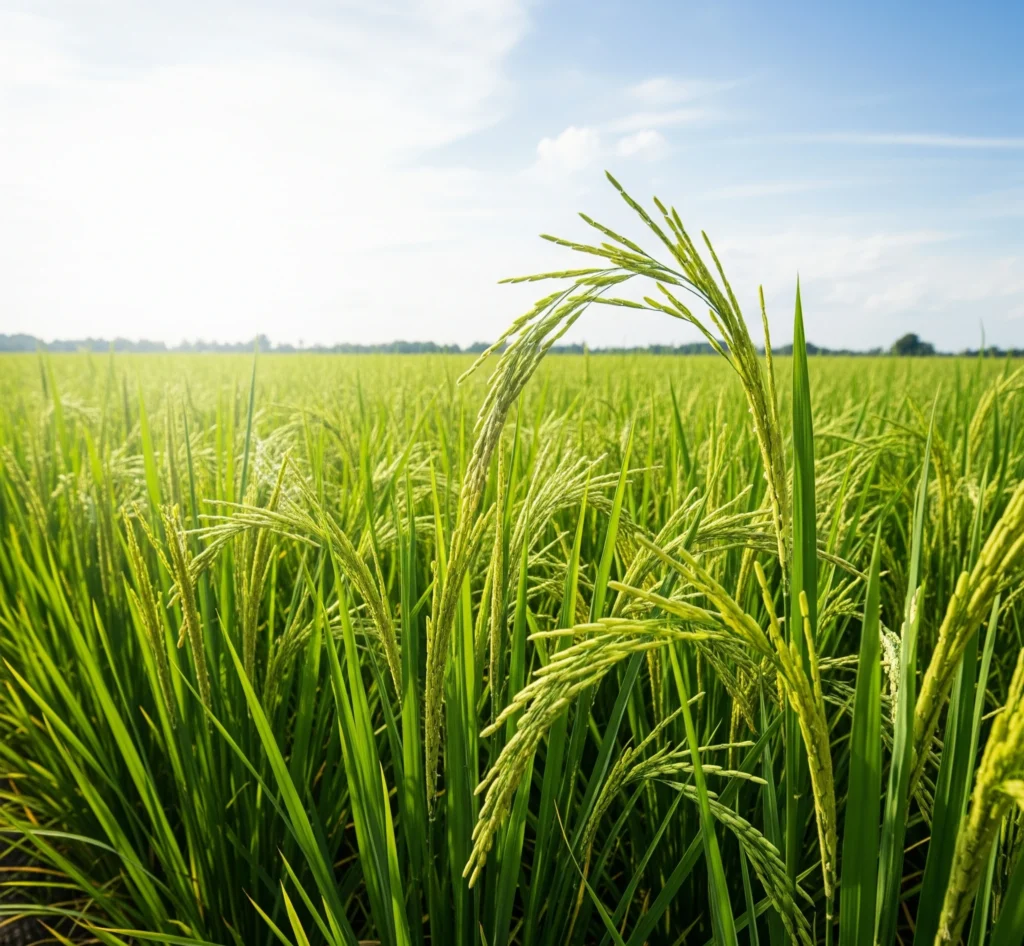Sorghum, often known as milo, is a powerhouse cereal grain that stands as the fifth most important cereal crop globally. Renowned for its exceptional resilience to heat and drought, sorghum is a vital crop in arid and semi-arid regions where other cereals struggle. Its versatility spans animal feed, human consumption (especially as a gluten-free alternative), biofuels, and forage. Mastering sorghum cultivation is key to ensuring food security and economic stability in challenging climates. This comprehensive guide will explore the optimal conditions, protection strategies, and general care for sorghum, demonstrating how advanced plant nutrition can unlock its full potential for bountiful harvests.
Understanding Sorghum: The Climate-Resilient Grain
Sorghum (Sorghum bicolor) is a C4 plant, meaning it efficiently converts sunlight into energy, particularly in hot and dry conditions. This physiological advantage makes it incredibly water-efficient and tolerant of high temperatures. Different types of sorghum are grown for specific uses:
- Grain Sorghum: Primarily grown for its edible grains, used for animal feed, human food (e.g., flour, traditional dishes), and ethanol production.
- Forage Sorghum: Grown for silage, hay, or grazing due to its high biomass production.
- Sweet Sorghum: Cultivated for its sugary stalks, used to produce syrup or biofuels.
- Broomcorn: A specialized variety grown for its long, stiff panicles used in brooms.
Cultivation Essentials: Laying the Foundation for Success
- Best Planting Time: Sorghum is a warm-season crop that requires warm soil for optimal germination and establishment. It should be planted in late spring to early summer, after the danger of frost has passed and when soil temperatures are consistently above 18∘C (65∘F). Planting into cold, wet soils can lead to poor emergence and seedling diseases.
- Suitable Soil and Weather Conditions:
- Soil: Sorghum is highly adaptable and can grow well on a wide range of soils, from sandy to heavy clays. However, it thrives best in well-drained, fertile loamy soils with good organic matter. It exhibits good tolerance to soils with low fertility and some salinity, making it an excellent choice for marginal lands. An optimal soil pH range is generally 6.0 to 7.5.
- Weather:
- Sorghum is a warm-season crop and excels in environments with high temperatures.
- It boasts excellent heat and drought tolerance, making it a preferred crop in regions prone to water scarcity and intense summer heat.
- Optimal growth temperatures are typically between 27∘C to 38∘C (80-100°F).
- It requires a long, warm, frost-free growing season, typically ranging from 100 to 140 days, depending on the variety.
- General Precautions for Healthy Growth:
- Soil Temperature: Do not plant sorghum until soil temperatures are adequately warm to ensure rapid and uniform emergence.
- Stand Establishment: Achieving a good, uniform stand is crucial for maximizing yield.
- Nutrient Management: While efficient in nutrient use, balanced fertility is still essential. Avoid nutrient stress, especially during critical growth phases.
- Early Weed Control: Young sorghum plants are poor competitors against weeds. Aggressive weed management in the early stages is paramount.
Protecting Your Sorghum: Threats and Strategies
Despite its hardiness, sorghum can be susceptible to various pests and diseases. Integrated management strategies are vital for protecting your crop and ensuring a successful harvest.
- Pests:
- Sugarcane Aphid: A significant pest that can cause widespread damage by feeding on sap and transmitting viruses.
- Sorghum Midge: Larvae feed on developing kernels, causing “blasted” or empty heads.
- Chinch Bug: Feeds on sap, causing wilting and plant death, especially in hot, dry conditions.
- Corn Earworm: Can damage grain heads.
- Protection: Use resistant varieties, implement timely planting, encourage beneficial insects (e.g., ladybugs, lacewings), conduct regular scouting, and apply targeted insecticides only when economic thresholds are met.
- Diseases (Primarily Fungal):
- Anthracnose: Causes lesions on leaves, stalks, and heads.
- Fusarium Head Blight: Can affect grain quality.
- Charcoal Rot: A stalk rot common in hot, dry conditions.
- Rusts: Appears as pustules on leaves.
- Protection: Plant disease-resistant varieties, practice crop rotation, manage crop residue to reduce inoculum, use fungicidal seed treatments, and apply foliar fungicides when warranted by disease pressure.
- Viral Diseases:
- Maize Dwarf Mosaic Virus (MDMV), Sugarcane Mosaic Virus (SCMV): Both transmitted by aphids, causing mosaic patterns, streaking, and stunting.
- Protection: Plant resistant varieties, control aphid populations, and manage grassy weeds that can host the viruses.
General Care for Thriving Sorghum
- Nutrient Management: Sorghum is efficient in nutrient use, but it responds well to balanced fertilization. Nitrogen (N), Phosphorus (P), and Potassium (K) are the main requirements. Conduct soil tests to determine exact needs. While N-efficient, ensure sufficient N is available, especially during vegetative growth and heading.
- Water Management: Although highly drought-tolerant, sorghum yields benefit significantly from adequate moisture during critical growth stages: booting, flowering, and grain fill. Supplementary irrigation in dry periods during these stages can dramatically increase yields.
- Weed Control: Young sorghum plants are poor competitors. Aggressive and timely weed control, through a combination of cultural practices (e.g., proper row spacing, cultivation) and herbicides, is critical for successful stand establishment and maximizing yields.
- Monitoring: Consistent field scouting from emergence through maturity helps in the early detection of nutrient deficiencies, pest infestations, and disease symptoms. Prompt identification allows for effective and targeted interventions.
- Harvesting: Harvest grain sorghum when the grain moisture content is around 15-20%. Timely harvest is important to minimize lodging and shattering losses, especially for grain intended for storage.
Best Countries for Sorghum Cultivation: Sorghum is a major crop particularly in drier regions of the world. Leading producers include:
- United States
- Nigeria
- India
- Mexico
- Ethiopia
- Sudan
- Argentina
- China
- Brazil
- Australia
Dayi’s Solution: Optimizing Sorghum Nutrition with Humic Acid + Seaweed Extract
At Shandong Dayi Biotechnology Group Co., Ltd., we are committed to empowering farmers to achieve superior sorghum harvests, especially in challenging environments. Our Humic Acid Fertilizer (With Seaweed Extract) provides a unique advantage for this resilient crop. The humic acid component profoundly improves soil structure and its water-holding capacity, maximizing the availability of precious moisture—a critical factor for drought-tolerant sorghum. It significantly enhances nutrient uptake efficiency, even in soils of lower fertility, by increasing cation exchange capacity and stimulating beneficial microbial activity that supports robust root development. This allows sorghum plants to more effectively access deep soil moisture and nutrients. Complementing this, the seaweed extract delivers a rich array of natural plant growth hormones (auxins, cytokinins, gibberellins), vital trace minerals, and amino acids. These bioactive compounds dramatically boost sorghum’s inherent stress tolerance to extreme heat and prolonged drought, stimulate vigorous early growth, improve tillering, and enhance overall plant resilience, leading to better head development and fuller grain fill. The synergistic action of these ingredients ensures that sorghum plants not only survive but truly thrive under adverse conditions, utilizing resources with unparalleled efficiency, ultimately resulting in significantly higher yields and superior grain quality.
Leveraging our advanced “Microbial+” technology and unwavering commitment to sustainable solutions, Shandong Dayi Biotechnology Group Co., Ltd. is at the forefront of innovation in plant protection, empowering farmers to achieve more bountiful and healthy harvests.




